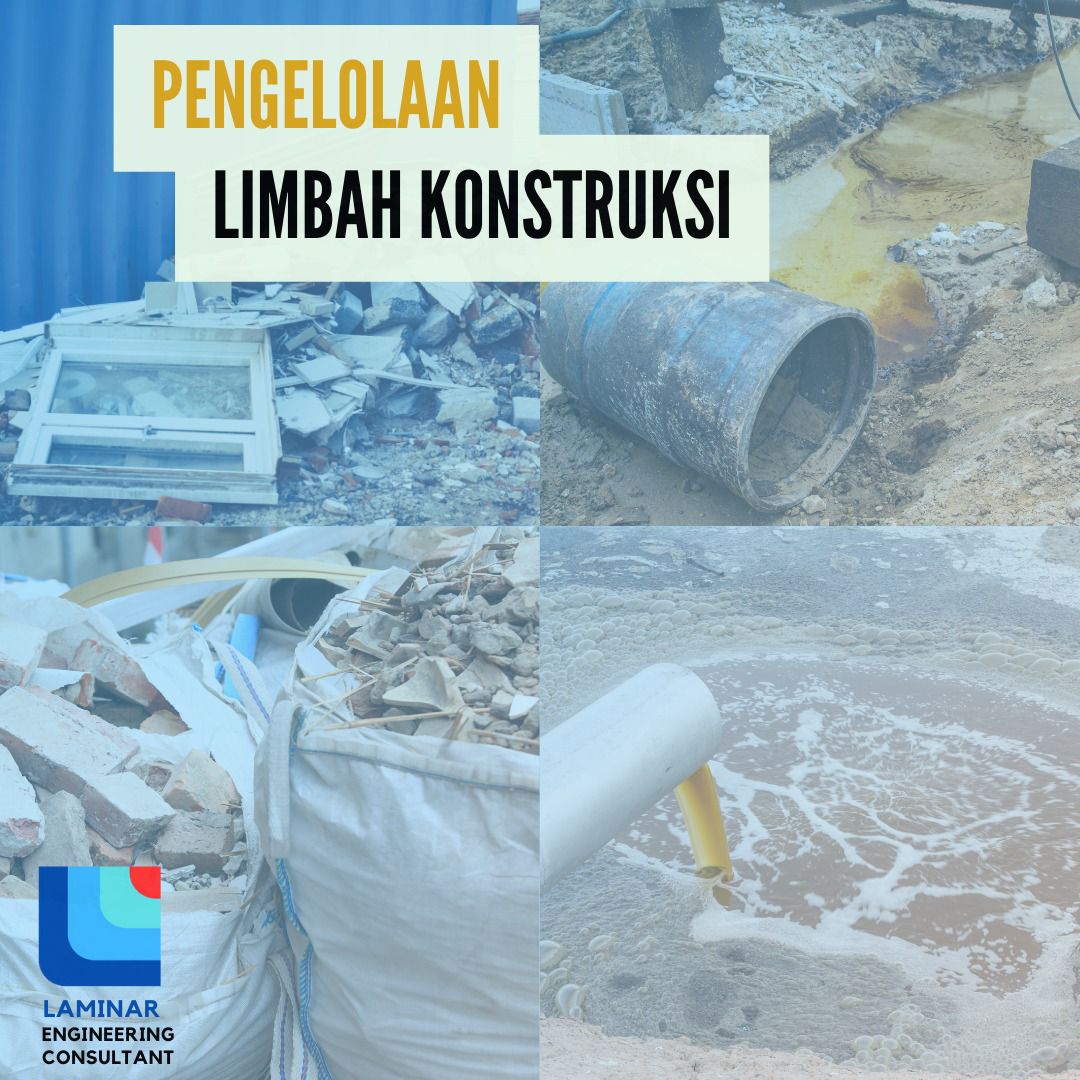Construction waste consists of leftover materials produced during the processes of building, demolition, renovation, and other construction activities. These waste materials vary widely, including solid waste such as concrete, metal, wood, and bricks; liquid waste such as paint, oil, and cement; and hazardous waste such as asbestos and electronic waste. Construction waste also includes debris from finishing work, such as ceramic fragments, leftover paint, and plaster materials. This significant amount of waste can create environmental problems due to its large volume and the contamination potential, which can harm nearby ecosystems. Therefore, effective and structured waste management is essential for identifying and categorizing the various types of waste produced at each stage of the project.
A key step in eco-friendly construction waste management is maximizing the reuse of liquid waste to reduce the amount of hazardous waste and save costs on new materials. For example, leftover paint or lubricants can be recycled with the right technology, allowing them to be reused across multiple projects. Additionally, application technologies such as the use of efficient spray tools in painting processes can significantly help reduce material waste. These innovations not only support on-site efficiency but also positively impact the environment by minimizing the carbon footprint.
The use of prefabricated components is also an increasingly popular solution for reducing waste on construction sites. Factory-produced components made to precise specifications help decrease material and energy waste during installation. Prefabrication also enables faster completion times, accelerating the construction process overall and reducing the environmental impact from machinery and heavy equipment on-site.
Effective waste management also requires the classification and storage of leftover materials by category. For instance, reusable materials can be stored for future projects or sold, helping companies to be more cost-efficient. Well-classified materials not only minimize unnecessary waste but also extend the lifespan of these materials, adding value to various projects.
By implementing these strategies, construction projects can support environmental sustainability while improving operational efficiency through material and energy savings. A structured and targeted approach to construction waste management not only reduces environmental impact but also aligns with optimizing company productivity. In the end, eco-friendly construction waste management is a crucial step toward creating sustainable green construction projects that promote environmental preservation while prioritizing efficiency and corporate responsibility for the future.

